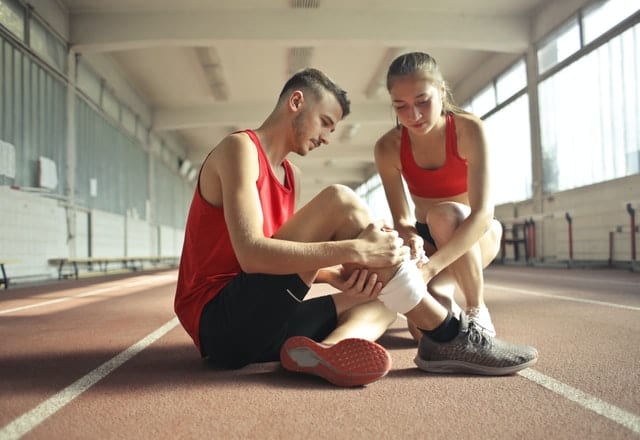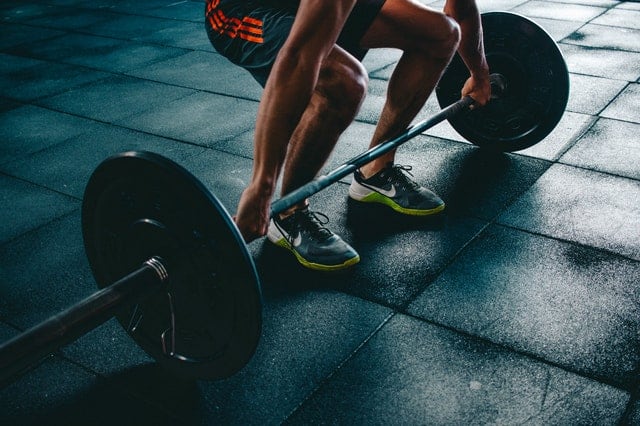Strains and sprains affect us all. Muscles are connected to tendons that are connected to bone, and at any stage, stretching the body too far and too fast can result in injuries between any of the connective tissues (muscle tears, ruptured ligaments, and broken bones are also a risk factor that play their part in sporting activities – see companies such as a sports injury chiropractor. if you have been injured in a sports accident that wasn’t your fault). There’s also the consideration of stretching the ligaments that connect bone to bone… injuries in these areas are serious and can take many months to fully heal.
Of course, sometimes accidents may be out of our control, but there are ways and means of becoming conditioned for activities that may mean our bones and muscles and ligaments and tendons are prepared for the physical stresses of sports. These means include targeted resistance training to prepare the body for high impact activities. Now, let’s look at recovering from some common sporting injuries.
Ankle sprains
This type of injury is associated with the foot turning inward, especially when load bearing. Thanks to mother nature taking a break when she should have been designing the ligaments on the outside of the human ankle, the capacity of the ankle to turn inward and survive the strain unscathed is relatively poor. If you have suffered ankle sprain, you will need to return to exercising the joint as soon as possible, obviously sticking to a light regime at first. Strengthening the area with gentle exercises will mean that your ankle is not too weak to return to training when the pain has completely gone, and will also ensure that you retain a full range of motion.
Groin strains
This occurs where you have put too much strain on your inner thigh, typically by moving in a side to side motion at too high a speed. Unfortunately, almost all sports require side to side movement at some stage, during resistance training if nothing else. The groin needs time to heal in full, as any return to activities before a 100% recovery is achieved can mean that the muscle is further aggravated through a second injury. Long-term groin injuries may never recover if not properly treated. Treatment often involves rest, compression, massages, and ice packs. A recovery plan should be mapped out by a physician or sports coach who understands the complicated nature of treating a groin strain.


